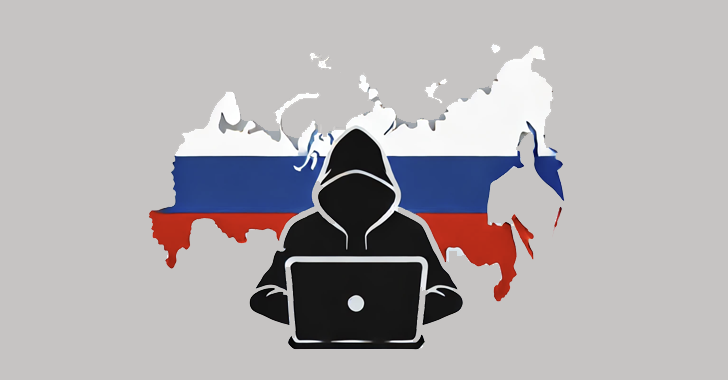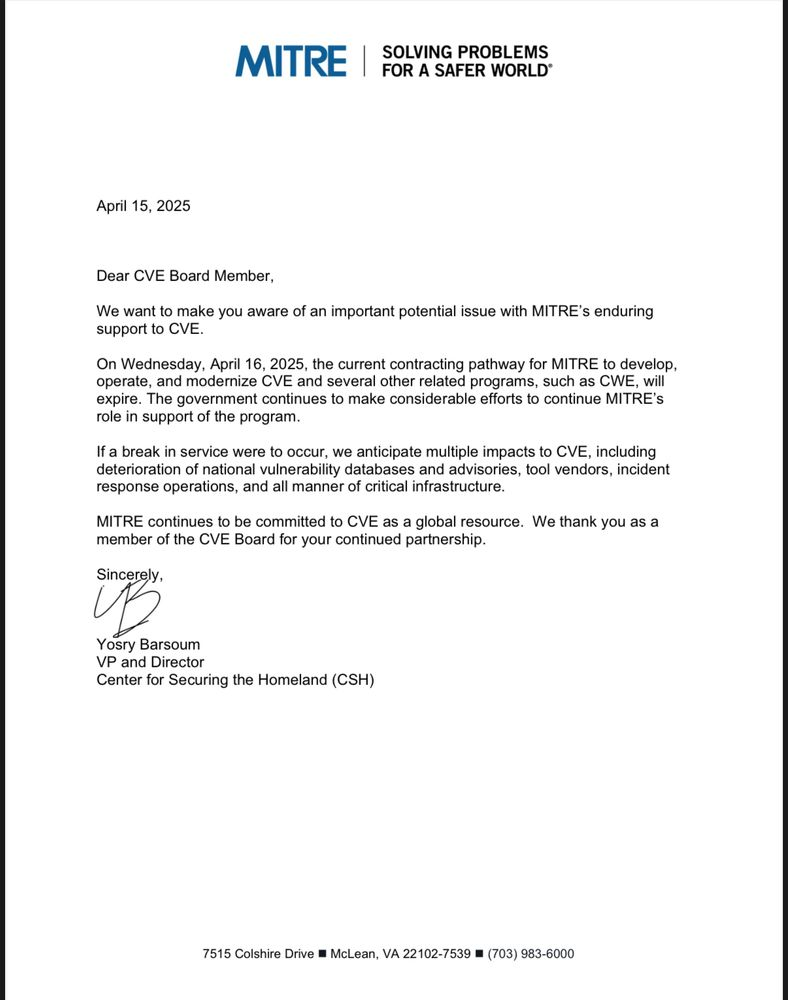A previously undocumented advanced persistent threat (APT) group dubbed CloudSorcerer has been observed targeting Russian government entities by leveraging cloud services for command-and-control (C2) and data exfiltration.
Cybersecurity firm Kaspersky, which discovered the activity in May 2024, the tradecraft adopted by the threat actor bears similarities with that of CloudWizard, but pointed out the differences in the malware source code. The attacks wield an innovative data-gathering program and a slew of evasion tactics for covering its tracks.
“It’s a sophisticated cyber espionage tool used for stealth monitoring, data collection, and exfiltration via Microsoft Graph, Yandex Cloud, and Dropbox cloud infrastructure,” the Russian security vendor said.
“The malware leverages cloud resources as its command and control (C2) servers, accessing them through APIs using authentication tokens. Additionally, CloudSorcerer uses GitHub as its initial C2 server.”
The exact method used to infiltrate targets is currently unknown, but the initial access is exploited to drop a C-based portable executable binary that’s used as a backdoor, initiate C2 communications, or inject shellcode into other legitimate processes based on the process in which it is executed – namely mspaint.exe, msiexec.exe, or contains the string “browser.”
“The malware’s ability to dynamically adapt its behavior based on the process it is running in, coupled with its use of complex inter-process communication through Windows pipes, further highlights its sophistication,” Kaspersky noted.
The backdoor component is designed to collect information about the victim machine and retrieve instructions to enumerate files and folders, execute shell commands, perform file operations, and run additional payloads.
The C2 module, for its part, connects to a GitHub page that acts as a dead drop resolver to fetch an encoded hex string pointing to the actual server hosted on Microsoft Graph or Yandex Cloud.
“Alternatively, instead of connecting to GitHub, CloudSorcerer also tries to get the same data from hxxps://my.mail[.]ru/, which is a Russian cloud-based photo hosting server,” Kaspersky said. “The name of the photo album contains the same hex string.”
“The CloudSorcerer malware represents a sophisticated toolset targeting Russian government entities. Its use of cloud services such as Microsoft Graph, Yandex Cloud, and Dropbox for C2 infrastructure, along with GitHub for initial C2 communications, demonstrates a well-planned approach to cyber espionage.”







